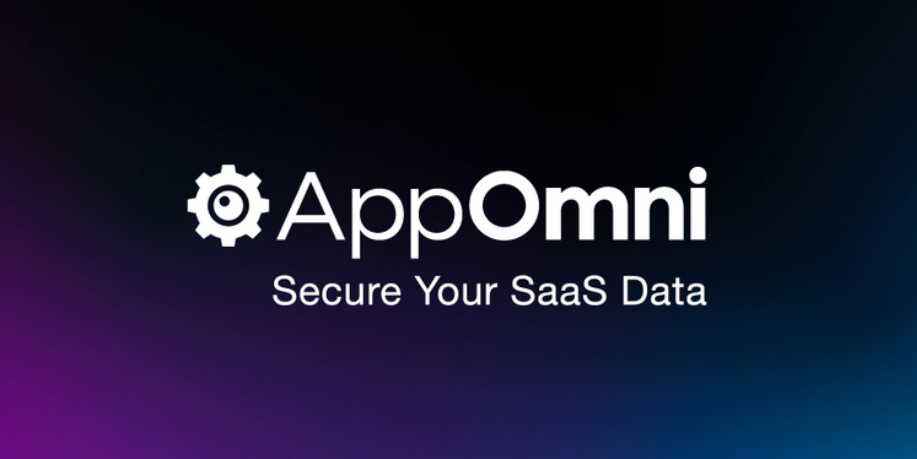Setting up an effective reporting environment – Exploring Environment Settings
Setting up effective reporting in a CSPM tool involves careful planning and configuration to ensure that the reports generated provide valuable insights into your cloud security posture. Here is a general guide to help you set up the reporting environment as per industry best practices:
- Identify reporting requirements: Clearly define the objectives of your reporting. Identify key stakeholders who will be consuming the reports and understand their specific requirements. Determine the frequency, scope, and depth of the reports based on these requirements.
For example, determine reporting requirements for compliance. It is crucial to understand the compliance frameworks or regulations applicable to your organization.
- Identify relevant metrics: Identify key metrics and security controls that are critical to monitor and report on. These metrics can include factors such as misconfigurations, compliance violations, access controls, network security, data encryption, and more.
For example, ensure that the selected metrics align with your organization’s security policies, compliance frameworks, and industry best practices.
- Select report types: Determine the types of reports you need to generate. In addition to compliance reports, you may also require vulnerability reports, risk assessment reports, asset inventory reports, or any other reports relevant to your CSM objectives; for example, management reports about the overall improvement of the vulnerability posture over time.
- Define report templates: Create or customize report templates that align with your reporting requirements. These templates should include sections and placeholders for the required data, metrics, visualizations, and any compliance-related information.
- Identify data sources: Identify data sources that provide the necessary information for generating reports. This includes integration with CSP APIs, CMDBs, vulnerability assessment tools, or other relevant systems that capture the required data for the reports.
- Configure data collection: Configure the CSPM tool to collect the relevant data for report generation. Specify the data collection settings, such as the frequency of data collection, specific metrics, or events to be captured, and any filters or criteria to apply during data collection.
- Data processing and analysis: Once the data is collected, the CSPM tool processes and analyzes it to generate insights, compliance status, and other relevant information. This involves applying compliance frameworks, risk algorithms, or custom rulesets to assess the security posture and compliance levels.
- Report generation and customization: Utilize report templates and processed data to generate reports. The CSPM tool should provide functionality or reporting modules to customize reports based on your specific requirements. Customize data visualizations, including summary statistics, graphs, tables, and charts, and ensure the report layout meets your needs.
- Schedule report generation: Set up a schedule for automatic report generation based on the desired frequency (for example, daily, weekly, or monthly). Configure the CSPM tool to generate compliance reports and other reports at specified intervals.
- Distribution and delivery: Determine recipients or stakeholders who should receive the reports. Configure the CSPM tool to automatically distribute generated reports to the designated recipients via email, file-sharing platforms, or other delivery methods. Ensure proper access controls and encryption measures are in place to protect the confidentiality and integrity of reports during transmission. You can also consider building a unified dashboard for different stakeholders using tools such as Microsoft Power BI or Grafana.
- Monitoring and maintenance: Regularly monitor the reporting environment to ensure that reports are generated correctly, data sources are up to date, and delivery mechanisms are functioning properly. Perform periodic checks and updates to report templates, data collection settings, and distribution settings as needed.
- Continuous improvement and feedback: It is important to seek feedback from report recipients to understand their needs and preferences. Continuously improve the reporting process by incorporating feedback, refining report templates, and enhancing data analysis techniques.
You can overcome challenges and establish an effective reporting environment within the CSPM tool. This enables informed decision-making, improved compliance monitoring, and enhanced visibility into the security posture of the cloud environment. Let us now understand another component of environment settings, which is activity logging.
